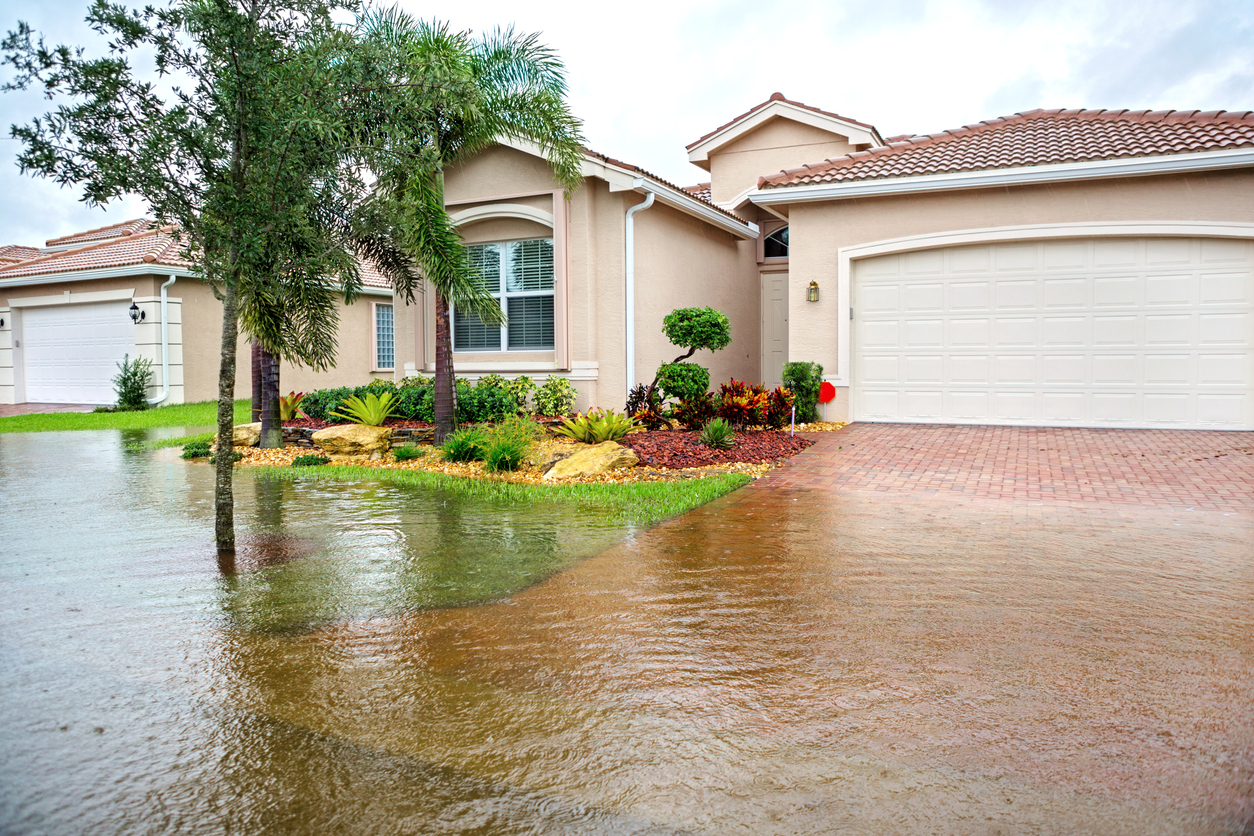Did you know that the 2021 season has been the third most active Atlantic hurricane season and the fifth most costly in history? If you live in an area prone to hurricanes or your home has been affected by hurricane-induced storms and flooding, it’s important to know what to do in the aftermath. Though many homes that go through such events may appear to have suffered minimal damage, homeowners often have to deal with extensive repairs to address damage that may not be noticeable at first glance.
The Essential Post-Hurricane Checklist
If you need to inspect your home after a hurricane or related event, here’s a checklist for you to
consult:
- Check for standing water. A few puddles in your yard aren’t a big deal, but in certain areas, water can be problematic and even dangerous. If water is present near appliances or gas meters, turn off the power leading to these units and call a qualified repairman as soon as possible.
- Examine power lines. Obviously, you shouldn’t touch downed power lines but sagging poles or wires that have become entangled in the trees are fires waiting to happen. For this reason, it’s important to notify an electrician and steer clear of these areas if you notice these issues.
- Look at your roof. Stand back from your house and look for shingles that have been displaced. If it’s safe to do so, get on a ladder to take a closer look. Holes or gaps left behind by shingles that have blown off the roof can allow water to infiltrate your roof, which is why the missing shingles must be replaced quickly.
- Inspect your gutters. High winds can pull sections of guttering away from the roofline and/or cause the gutters to sag. Be sure to thoroughly inspect your gutters, and make certain any repairs to these components are completed before the next storm hits. (Note: necause of the heavy rainfall that generally accompanies hurricanes, pooling water near your foundation isn’t necessarily evidence of gutter failure.)
- Look for evidence of foundation damage. New cracks or buckling at your foundation slab may have occurred during the storm, especially if there was substantial flooding or flying debris. Inside your house, be on the lookout for buckling or uneven floors that were flat before the hurricane hit.
- Check interior cracks. Some homes may have already had cracks in the ceilings or walls but a major storm can cause them to lengthen further, to the point that they may need to be repaired. Pay special attention to the areas around windows and doors.
- Inspect the plumbing. Once water service has been restored, systematically test every faucet and toilet in your house. Not only should you make sure they’re all working properly, you should also check for evidence of leaks in pipes which may have been jostled or cracked during the storm.
- Check closets and crawl spaces. When you finish with your plumbing, look into every storage cabinet, closet, pantry and crawl space in your home. There may be water damage or other problems in these rarely used places which will go undetected if you don’t take the time to check.
- Examine your water softener and/or heater. As with your other equipment, make sure there’s no standing water around your water softening unit or water heater. If there is, you may want to cut power to them. Also, hand-check connections to pipes that attach to the water softener and heater to ensure they’re still tight.
- Call your insurance company to report any issues. It’s true that you may have to wait on hold for a long time due to the high volume of calls after a hurricane. However, the sooner you report your home’s damages to your insurance carrier, the more quickly you’ll get reimbursed for the repair costs.
Turn to Gutter Helmet for Gutter Guard Installation
If, after taking care of repairs to your gutters and other storm-related damage, you’d like to look into investing in a gutter protection system, give Gutter Helmet a call. We have the best, most experienced gutter guard installer in your area. Contact us at (800) 824-3772 or reach out online to find out more.

